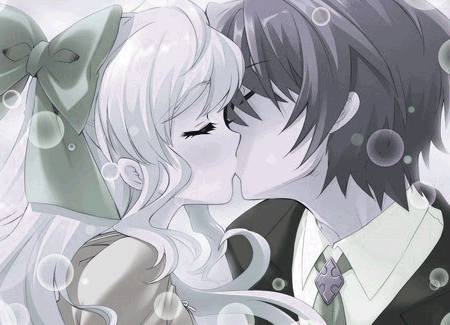We were very well received by the principal and the teacher, who knew the dynamics that we were going to outline and consider in relation to Ermua Mugi! strategy, so they were delighted to participate.
In this school students are used to work in collaboratives groups of five or six people, often working with digital devices.
We invited them to participate in a mapping dynamic. Each group had a map of Ermua, a device (computer) to point the map legend, colorful stickers and markers.
We explained them that they could map places or actions outside the usual or established places for it. For example, a picnic in any place different to a picnic area, play football in the street, etc.
They had to map in the public space following kind of places in relation to the 3 axes of Ermua Mugi!:
Emotional health:
1- a place to sunbath.
2- a place to think or study.
3- a place to go when you're sad.
4- a place to sit and talk. When it rains and when it does not rain.
Healthy food:
5- a place for picnic. When it rains and when it does not rain.
6- a place with fountain.
7- a place to buy a healthy snack.
8- a place to "collect" (not on private property). Fish, pick mushrooms, wild plants, etc.
Physical exercise:
9- a route/walk.
10- places to do something like a sport (jump, races, swim, run, score a basket, play penalties, etc.) involving physical exercise. An example, stepping backwards on escalators. Scooter descents on a downhill street, etc.
11- where do you play?
Some groups also sent us photos of the places marked on the map.
You can see the result on this map:
(please click on the icon in the upper left corner to see the legends, in the top right for full screen)
Conclusions obtained with the map:
Emotional Health
They appreciate and frequent nature and quiet places.
They usually frequent them for a walk, to talk, eat something, or when they are sad or thoughtful.
Basagatz, closer, and Errekalde, where there is a pool and a natural environment, and also Urko, stands out.
It's curious that someone marked the train station as a place to go if you are sad, because from there you can take a train to Deva and arrive to the beach.
"Abandoned Places" They frequent the park-like unfinished Betiondo Park, for its height, peaceful, and because it is a sunny place.
Another abandoned place they use is the quarry.
The main urban meeting place is Goiko Plaza, is
centrally located, they can play, talk and be protected from rain.
SkatePark environment also stands out. It's used as a place for sports, talk, sunbathing. And they go to the area behind the tank to be quiet, for a picnic or walk.
Physical exercise
They use urban unconditioned spaces to play customed sports:
Football-raquetball, handball in interior squares of buildings, climb trees..
They use Betiondo parking as circuit for bikes and skate.
They also use public sport installations, soccer fields and especially the ping pong tables.
They are aware of the exercise done in their daily routes walking. They also frequent routes to walk.
Healthy food:
They know where to go to collect chestnuts, fruits, mushrooms and berries.
They know some greengrocers, although many answer the question of where to buy healthy food with sites that sell cold cuts to make you a sandwich.
They use fountains and appreciate water quality.
An interesting idea sources here: "Ermua Mugi y las fuentes!".
We think this mapping has connected this group of young people with dynamics of
Ermua Mugi!, valuing healthy habits and becoming aware of the places and healthy activities they are already practicing.
The map shows which are the activities that young people in Ermua practice and where they do, so we can strengthen them or generate new activities and devices in these spaces. For
example, setting up "abandoned places" regarding to the use that people are already doing in them, or generating an activity related to
"climb trees".
It also allow us to conduct a preventive work, for example to monitor the water quality in drinking fountains or the use of glyphosate and other toxic chemicals in places of gathering.
Other posts of the process Hibrilaldiak by Fur Alle Falle + Ermua Mugi!
2ª table Ermua Mugi! Hibrilaldiak.
Starting with our experience as "different" in Hibrilaldiak










